Introduzione
Pharmacovigilance Today: Back to Business!
Pharmacovigilance has been under unprecedented stress from a worldwide pandemic situation causing fundamental challenges and changes to its operations and not least to the availability of the PV professionals to fulfill existing and new roles. Underneath all these new world-changing demands lie the ever-demanding challenges of adapting the pharmacovigilance systems and operations to a globally diverse regulatory environment, like implementation of a new Clinical Trial Regulation, a new Medical Device legislation, technological advancements, automations and a new Eudravigilance implementation of the ISO/ICH E2B(R3) ICSR standard and guideline.
The pharmacovigilance landscape is subject to change and this calls for bringing PV professionals together to share views, concerns, challenges, and experiences of the matters that happen in the PV and regulatory environment.
In this conference you will not only hear from the experts, but we will stimulate interaction amongst the audience to learn from each other. We all cope with similar company and regulatory challenges, so why not learn from each other?
The fourth edition of the International Pharmacovigilance Day, organized by LS Academy, will be a really interactive conference and it will focus on the following topics, among others:
- Implementation of the EU CTR / CTIS
- Local pharmacovigilance: the link between Headquarter and affiliates
- Non-EU PSMFs and QPPVs: best practices
- Evolving PV landscape in times of pandemic
- Social media monitoring
- Mergers and acquisitions: PV system integrations
- PV audits and inspections
- QMS and relevant KPIs
- Risk management: digital vs paper materials
- PV Technologies and automations
Don’t miss the opportunity to update your knowledge, collect new contacts and discuss with other PV professionals coming from all over Europe.
It will be a pleasure to meet each other in Madrid on September 12th and 13th, 2022.
Scientific Board
- Martijn van de Leur, Head of Global PV at Biomapas (Chair of the Scientific Board)
- Martijn Dahlhaus, Head of Country PV, WorldWide Patient Safety at Bristol-Myers Squibb
- Jørgen Matz, Head of Global Pharmacovigilance & Drug Safety, EU QPPV at InsudPharma
Who should attend?
The conference program is designed for healthcare professionals or pharmacists in safety surveillance units in the pharmaceutical industry or regulatory agencies, either as specialists or managers, QPPVs, inspectors and QA personnel including auditors, employees in regulatory affairs units with close relations to pharmacovigilance, sponsors, vendors and CROs, representatives from patient organizations.
Programma
12 September 2022 |
||
|
13:30
14:00 |
Registration
|
|
|
14:00
14:15 |
Welcome Day 1
|
|
|
14:15
14:55 |
Implementation of the EU CTR / CTIS: Initial experiences, opportunities and challenges
Christel Gremion Viatte
- Global Regulatory CTA Team Lead, Associate Director at CSL Behring
The Clinical Trial Regulation EU CTR 536/2014 entered into force on 31 January 2022. This regulation is the basement of a broader initiative launched by the EMA to create a favorable environment for innovation and research in the EU. As per the ACT EU paper published by the EMA in January this year, an analysis of centralized marketing authorization applications has shown a fall in the inclusion of clinical trial results generated in the EU. The variety of requirements between EU Member States complicated the submission of clinical trials to take place in several EU countries. A changing environment during a rapidly evolving public health crisis the resulting slow approval process and associated high costs to perform clinical trials might in part explain this drop of multi-EU countries clinical trials. The clinical trial regulation EU 536/2014 is regulating clinical trials in the EU. The ultimate goal of this regulation is to ensure a greater level of harmonization of the processes for assessment and supervision of clinical trials throughout the EU and it aims to ensure the EU offers an attractive and favorable environment for carrying out large clinical trials. It introduces an authorization procedure based on a single submission via the Clinical Trial Information system (CTIS) portal to all member states concerned at the same time, and an assessment procedure leading to a single decision on core documentation, coming along with rules on the protection of subjects and transparency requirements. CTIS is the backbone of the new submission process in the EU as it supports the flow of information between clinical trials sponsors and regulatory authorities in the EU Member States and EEA countries, throughout the lifecycle of a clinical trial. EMA worked for over 7 years to develop this portal and sponsors are using it since a few months now. How are the first experiences with this portal? EU member states’ readiness to apply this new regulation is another key aspect of the harmonization process foreseen by this regulation. The clinical trial regulation aims to harmonize the rules for assessing clinical trial applications and should ensure that these rules for conducting clinical trials are identical throughout the EU. Now that the first experiences on assessment have been collected, what does reality look like? Are member states ready to assess clinical trial authorization dossiers in a very short time, and are they sharing work and collaborating to issue a common assessment? The presentation will summarize why this new regulation is having such a high impact on clinical trials sponsors and will describes challenges and opportunities this new legal framework brings with it. |
|
|
14:55
15:35 |
Non-EU PSMFs/QPPVs: Best practices
Nina Sagbana
- Independent Pharmacovigilance Consultant
José Torres Fuenzalida
- Regional QPPV for Latin America (LATAM) Region at Vifor Pharma
Ashraf Megahed
- Regional QPPV MENA at Vifor Pharma
The rapid globalization of good Pharmacovigilance Practices (GVP) has resulted in regulatory authorities expanding the level of their pharmacovigilance (PV) requirements to align with the existing European Union Good Pharmacovigilance Practices (EU GVP). These requirements include the Pharmacovigilance System Master File (PSMF) tailored to meet individual country/regional specific requirements. Since the introduction of the EU GVP Module II guidance in 2012, which provided a framework that allowed varying organizational structures of marketing authorization holders (MAHs), the concept of the PSMF has evolved in countries/regions outside of the EU over the years, creating challenges related to maintenance and production of a PSMF (local or regional). It is therefore imperative that processes are put in place to overcome these challenges because through the production and maintenance of the PSMF, be it local or regional, the MAH and the non-EU local/regional QPPV should be able to verify if the PV system has been implemented in accordance with specified regulatory requirements and compliance. As more and more health authorities/regulators both in and outside the EU increasingly expect the QPPVs to have oversight of all activities impacting PV, not just core PV activities, It is important to note that a compliant PV system requires effective interfaces with various stakeholders. E.g., regulatory affairs, quality assurance, product quality, medical information, etc. Hence, the QPPV must implement best practices to ensure adequate oversight of the PV system under their responsibility. For regions outside the EU, e.g. Latin America (LATAM) and the Arab region, the alignment of the local/regional PSMF with company`s EU or global PSMF is essential to ensure consistent information is delivered to regulatory agencies/inspectors globally. Also, this alignment will enable the non-EU local/regional QPPVs have adequate oversight of their local/regional PV systems and awareness of any updates on the global PV system that impacts the non-EU PV systems. |
|
|
15:35
16:05 |
Coffee Break
|
|
|
16:05
16:45 |
PV audits and inspections: Trends and developments
Ranjana Khanna
- Global Director PV QA, BeiGene Switzerland GmbH
In the early 1990’s, mostly GCP and GMP inspections included aspects of Pharmacovigilance such as SAE management and associated activities. Although Pharmaceutical Companies were constantly preparing for PV Inspections, Health Authorities conducted limited Pharmacovigilance inspections which were mostly for new approvals or for-cause. With the coming of Volume 9A, systematic inspection programs were triggered by some Health Authorities (HA) such as ANSM (France), MHRA (UK), AIFA (Italy). MHRA then put in place a risk assessment questionnaire that pharmaceutical companies were expected to complete, those who did not complete were automatically on a higher inspection risk. Based on the analysis, MHRA conducted routine inspections mostly every three years, of course triggered inspections were also conducted. Other Health Authorities still conducted limited Inspections due to limited internal resources and training. The FDA did conduct CDER inspections under its BIMO Compliance programs. In Australia, Middle-East, LATAM, and Eurasia PV inspections were still not being conducted. |
|
|
16:45
17:05 |
KPIs for optimal quality control – The perspectives and expectances from a QA point of view
Ruth López Magdaleno
- Clinical & Pharmacovigilance Quality Manager at InsudPharma
The pharmaceutical Industry applies a QMS based on the ICH Q10 Pharmaceutical Quality System. It describes one comprehensive model for an effective pharmaceutical quality system that is based mainly on International Standards Organization (ISO) quality concepts described on the ISO 9001 certification, which is widely used across the product lifecycle and in customer-oriented service organizations. The ISO 9001 delivers a system of continual improvements driven by customer’s needs, and although its purpose is driven by business needs, the ISO 9001 principles has spread widely into the back-offices of the pharmaceutical industry, including departments involved with clinical studies and post-marketing safety surveillance. The concept of key performance indicators (KPIs) is described in chapter 9 in ISO 9001:2015. KPIs are used to describe the performance of the QMS. Examples of data to monitor and measure include customer satisfaction, nonconformities, effectiveness of risk management and external provider performance. A frequent follow up of KPIs allows for an early detection of possible gaps as well as improvement opportunities. Similar principles are described in the Good Pharmacovigilance Practises (GVP) module I (I.B.12) that came in effect in 2012. Managerial staff is required to monitor the performance of the QMS system at regular intervals in a risk-based manner. Audits obviously comprise an important component in this monitoring, however, establishment of KPIs that continuously monitor the requirements across the GVP modules and across the daily quality activities that manage the QMS appear highly recommendable for both managerial staff and QPPV overview of daily-weekly-monthly-annual compliance monitoring. |
|
|
17:05
17:25 |
The challenging exercise of maintaining overview via KPIs from a PV point of view
Jørgen Matz
- Head of Global Pharmacovigilance & Drug Safety at InsudPharma
Demonstration of managerial and QPPV overview of the PV system is key and consequently always part of regulatory inspections of pharmacovigilance organizations. How this play out in practice in the pharmaceutical industry is largely dependent on the organization supporting the commercialization its products or provision of supporting services. Good Pharmacovigilance Practices (GVP) module I (I.B.12) sets out the principles of key performance indicators (KPIs) in relation to the quality requirements for pharmacovigilance. KPIs for some key activities described in the GVP modules seems relatively straight-forward to establish, e.g. compliance to ICSR submission timelines, compliance management with contractual partners or submission compliance for PSUR, RMPS or addendums to clinical overview (ACOs). However, establishment of meaningful KPIs represent a challenge for some other interfacing PV areas, e.g. compliant management of product complaints, medical information, vendor management, and not least within the monitoring of interventional/non-interventional studies, patient support programs, market research, additional risk minimization activities, and product label updates. Like instruments in a cockpit, KPIs are both required and needed to maintain a managerial overview. Their practical application and subsequent management when non-compliance is detected is where you may find your helicopter instruments recording some turbulence. |
|
|
17:25
17:30 |
Conclusions Day 1
|
|
13 September 2022 |
||
|
09:30
09:40 |
Welcome Day 2
|
|
|
09:40
10:20 |
Local pharmacovigilance: The link between affiliates and headquarter
Martijn Dahlhaus
- Head of Country Pharmacovigilance at Bristol Myers Squibb
Livia Del Rey
- Manager, Patient Safety at Bristol Myers Squibb
Pharmacovigilance is a particularly global discipline. Pharmacovigilance and Risk Management strategies are developed at a worldwide level to ensure all patients, regardless of their location, can count on the same level of safety monitoring and on the same proactive risk minimisation measures to minimize the risks associated with the use of medicines, including communication on risks to HCPs and patients. |
|
|
10:20
10:55 |
The effectiveness of risk minimization measures from a health authority's point of view
Željana Margan Koletić
- Head of Department for Pharmacovigilance and Rational Pharmacotherapy Company Croatian Agency for Medicinal Products and Medical Devices (HALMED)
Risk minimization measures (RMMs) are interventions intended to prevent or reduce the occurrence of adverse reactions associated with the exposure to a medicine, or to reduce their severity or impact on the patient should they occur. Risk management plan defines suitable RMM(s) for each of safety concern related to medicinal product. For majority of medical products, safety concerns are managed with routine RMMs, however, for certain products additional RMMs need to be implemented. Both marketing authorization holders and national competent authorities (NCAs) have legal responsibility to monitor outcomes of RMMs (Directive 2001/83/EC, Regulation 726/2004) since key to effective risk management is not only to implement, but also to verify whether indeed proposed measures work. Generally, effectiveness evaluation applies to additional RMMs, however, it is not always easy or possible to perform the evaluation. In the presentation challenges about planning, implementing and measuring of effectiveness of RMMs from NCA’s point of view will be discussed together with possible strategies to mitigate them. |
|
|
10:55
11:30 |
Risk minimization programs:
more attention to the last mile from health care provider to patient
Bart Van Den Bemt
- Professor in Personalized Pharmaceutical Care at UMC St Radboud and Pharmacist/Clinical scientist/Medical Manager at Sint Maartenskliniek
Medication is the most frequently applied medical intervention in medicine, and helped us to prolong life expectancy and improve quality of live. However, medication is also one of the least supervised medical interventions as most medications are taken beyond the front door of the patient in absence of the caregiver. |
|
|
11:30
12:00 |
Coffee Break
|
|
|
12:00
12:30 |
Different types of non-Pharmacovigilance Vigilance: An Overview
Olga Asimaki
- International QPPV at Biomapas
Have you ever thought that the International Pharmacovigilance Day could also be International (Pharmaco)vigilance or even International Vigilance Day? |
|
|
12:30
12:50 |
INTERACTIVE SESSION: Discussion in groups on selected topics (Part 1)
During this interactive session, participants will be divided in groups and will have the possibility to discuss about one specific topic, guided by an expert chair. After 20 minutes, groups will change and face a different subject. Key topics are:
At the end of the discussion, everybody will come back to the plenary session and each moderator will sum up the main points suggested by the groups. |
|
|
12:50
13:10 |
INTERACTIVE SESSION: Discussion in groups on selected topics (Part 2)
|
|
|
13:10
13:40 |
Feedback from the interactive session
|
|
|
13:40
14:40 |
Networking Lunch
|
|
|
14:40
15:20 |
Pharmacovigilance in 10 years: a vision on its evolvement
Martin Huber
- Safety and Pharmacovigilance Expert
This year we are looking back to 10 years of experience with the so-called pharmacovigilance legislation that came into force 2012. The world of pharmacovigilance has substantially changed since that time, and will further evolve in the future. It is time to take stock and to reflect upon how pharmacovigilance would or should look like in 10 years from now. Promising developments are ongoing as regards the availability of big data with advanced analytical approaches or new technologies including artificial intelligence. They will become important tools in pharmacovigilance in the near future but the question remains whether they are to be considered real game changers. |
|
|
15:20
15:50 |
Interactive PV Quiz
In this last part of the conference, the Scientific Board invites you to participate in a highly interactive session on various pharmacovigilance topics. With everyone’s support, including speakers’ involvement, they will guide you through a variety of interesting facts. To test your knowledge, trigger some last discussions, interact with each other, or simply as food for thought. Also, they will close out the International PhV Day by reflecting on some of the key messages learned. All in a fun and constructive way, LS Academy aims to leave you inspired, energized, and socialized! |
|
|
15:50
16:00 |
Conclusions Day 2
|
|
|
16:00
16:30 |
Final Coffee Break
|
|
Relatori
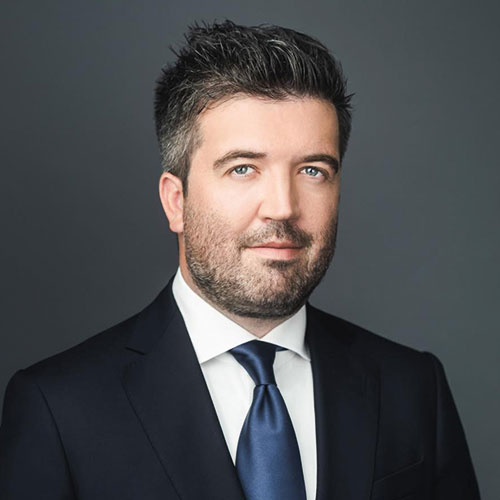
Martijn van de Leur
Martijn van de Leur has over 16 years of experience in pharmacovigilance.
Martijn van de Leur graduated from Radboud University as a Biomedical Scientist with specializations in Pathobiology and Oncology. Since 2005, he started to work in the life science industry, concentrating in the pharmacovigilance area. As a senior leader in pharmacovigilance and experienced (Deputy) EU QPPV, Martijn has a broad network within the industry and is a known industry speaker with excellent drug safety experience. Before joining Biomapas, he acted as Global Head of Drug Safety Compliance and Global Head of Drug Safety Technologies at Vifor Pharma, and further back in his career working as Pharmacovigilance Lead at Merck.

Martijn Dahlhaus
Martijn Dahlhaus is Head of Country Pharmacovigilance in The Netherlands at Bristol Myers Squibb. Heading the local pharmacovigilance organisation, he carries responsibility for all pharmacovigilance and risk management activities in The Netherlands and has regularly and successfully hosted PV audits. He is also deputy for Belgium and Luxembourg. Martijn has been in this role for the past 9 years, before which he held various roles in Pharmacovigilance and Medical Information at Genzyme and Novartis. Martijn is an ACRP-certified CRA and holds a Master’s degree in Medical Biology and a PhD in Neurobiology, both from the Vrije Universiteit in Amsterdam, Netherlands.
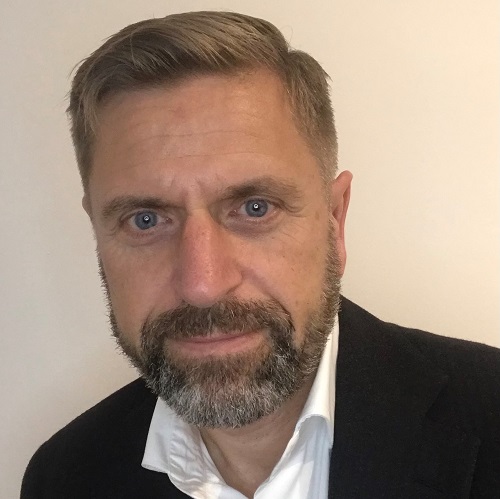
Jørgen Matz
Jørgen Matz, MSc, PhD, PgD is the Head of Global Pharmacovigilance & Drug Safety for InsudPharma in Madrid, which is a healthcare company with business units for worldwide manufacturing, development, and marketing of branded, generic and biotechnological products. Jorgen Matz has been in the pharmaceutical industry for about 25 years, hereof 15 years in Global Pharmacovigilance & Drug Safety. He has a background as an experimental pharmacologist and his focus areas in recent year has been on implementing pharmacovigilance systems tailored to support ICSR processing and continuous benefit-risk assessments of marketed products.
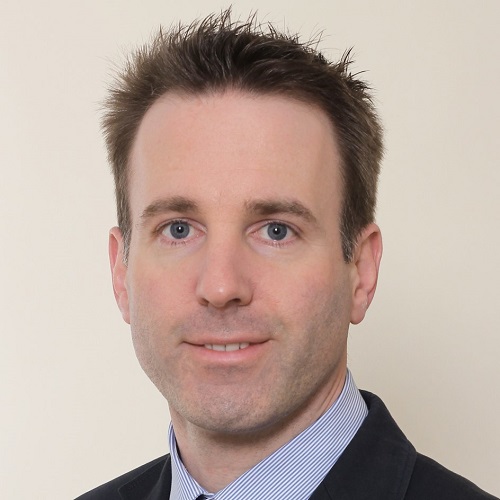
Martin Huber
Dr Martin Huber is the German member of the Pharmacovigilance Risk Assessment Committee (PRAC) and has been a member of the Pharmacovigilance Working Party (PhVWP) before. He has been actively involved in many pharmacovigilance procedures including important referrals at PRAC and also contributes to the work of several working groups at the European level. Since October 2018 he is the vice-chair of the PRAC. In addition, he is also chairing the Non-prescription medicinal products Task Force of the CMDh since May 2017.
Being a pharmacist by training and holding a degree in public health he gathered comprehensive experience in pharmacovigilance in a hospital setting both in Germany and Switzerland before entering BfArM in 2010. Since 2013 he has been head of the unit ‘PRAC and other Committees’, and since 2017 he is head of the unit ‘PRAC, Legal Status, Adverse Reaction Reports, Medication Errors’ within BfArM’s division of pharmacovigilance.

Ranjana Khanna
Ranjana has a Masters in Technology and a Post Graduate DIploma in Pharmacovigilance. She has been
working in this field since 2004, starting her career in Safety Case Processing in a CRO followed by working
in various Pharmaceutical companies. Since 2012, Ranjana has been responsible for Pharmacovigilance
Quality assurance which includes conducting all types of audits, leading HA Inspections, providing Training
and overseeing all QMS aspects. She has led teams globally, presented at several conferences and published articles on aspects of Pharmacovigilance QA.

Ashraf Megahed
Ashraf Megahed holds a Bachelor of Science in Pharmaceutical Science from the University of Tanta Egypt, a Graduate Certificate clinical and Drug Development university of New South Wales Australia and a Graduate Certificate Clinical Pharmacy Queen’s University Belfast Ireland. With over 30 years’ experience in the pharmaceutical industry, in his last role, he worked in Aspen Healthcare as MENA Regional QPPV & Quality Manager to setup the local quality Management system and the local Pharmacovigilance system until his current role. Ashraf Megahed is currently the Regional QPPV for the Arab region markets and Iran. He is responsible of establishing and maintaining/managing the company’s pharmacovigilance system in Arab Region. He maintains Local PSSF and oversight over all delegated tasks and the entire Local pharmacovigilance system. Personally, responsible for the safety of the products marketed by Vifor Pharma so he has an overview of the safety profiles and any emerging safety concerns for the company’s products.

Nina Sagbana
Nina Sagbana holds a Bachelor of Science in Pharmaceutical Science from the University of North London, the UK, and a master’s in Environmental Technology from Imperial College London, UK. She began her career in the pharmaceutical industry with GSK in 2002 as a clinical coding specialist in data management and transitioned to pharmacovigilance in 2004.
With over 17 years’ experience in the pharmaceutical industry, in the last 5 years, she worked in Roche as a consultant International PV Leader for EEMEA, at Syneos Health, as the Associate Director Safety & PV responsible for the setup of the local PV networks until her last role at Vifor Pharma. Nina Sagbana worked as the International Deputy QPPV at Vifor Pharma based in Zurich, Switzerland. She was responsible for the oversight of pharmacovigilance activities in the non-EU countries/regions, as well as PV regulatory intelligence within Vifor’s global PV organization. As part of her operational activities, she was also responsible for the maintenance of the Vifor Pharma Pharmacovigilance System Master File (PSMF) and provided guidance to Regional and local QPPVs on the creation of PV Sub-System Files (PSSF). She is currently an independent pharmacovigilance consultant.
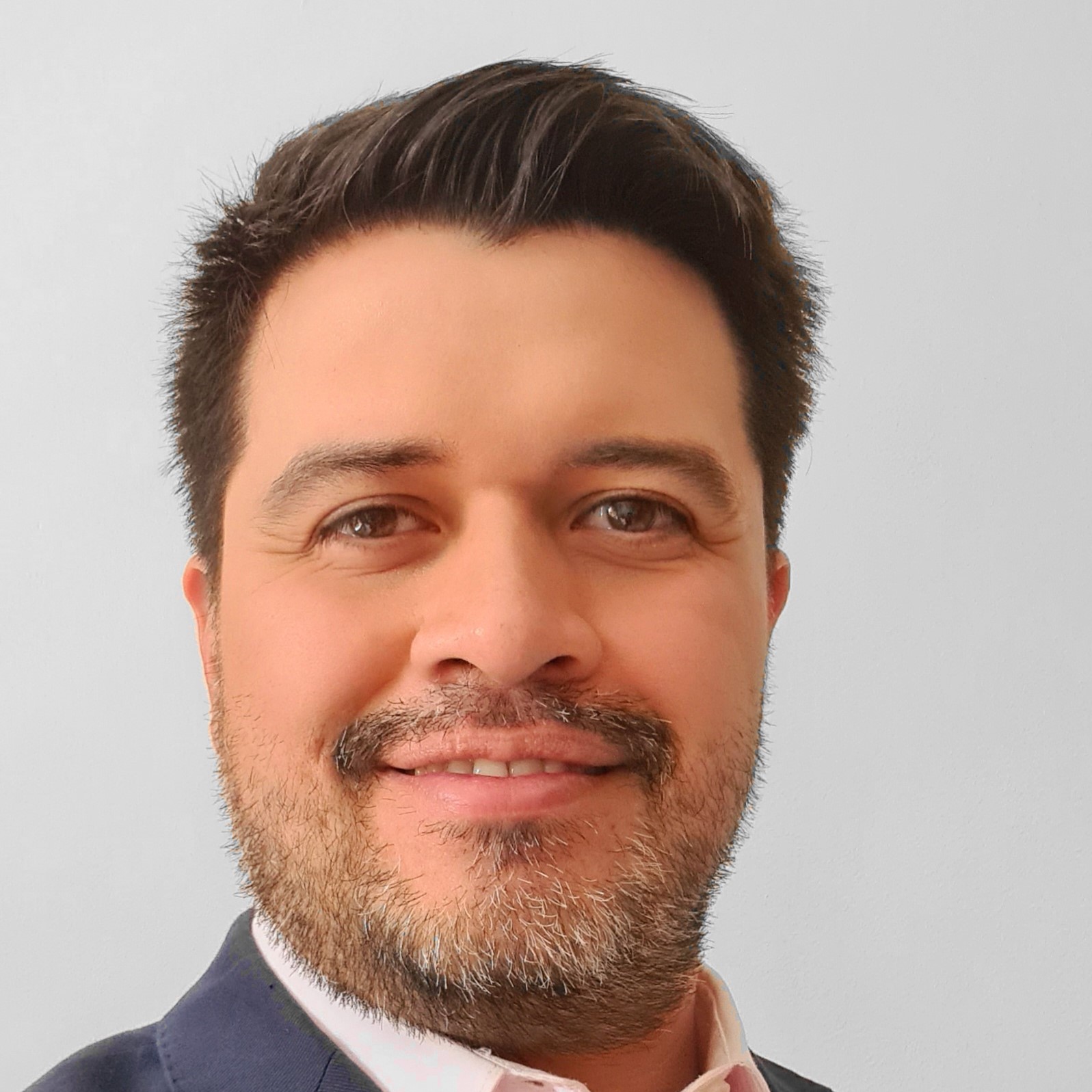
José Torres Fuenzalida
Jose Torres Fuenzalida holds a Master of Sciences in Biology and a PhD in Biology from the National University of Buenos Aires, Argentina. He began his career as a basic science researcher in the Liver Stem Cells field. After 10 years in research, he decided to move to the pharmaceutical industry. He joined Cognizant Technologies Solutions as a Safety Data Analyst in 2011 and, in 2013, he was promoted to PV Team Leader. In 2015 he received the opportunity to join the National Health Authority in Argentina (A.N.M.A.T.) as Advanced Therapies Medicinal Products Leader and, in 2017, he was promoted to Chief of the Department of Biological Products in the same institution.
Jose Torres Fuenzalida is currently the Regional QPPV for Latin America (LATAM) Region at Vifor Pharma based in Buenos Aires, Argentina. He is responsible for the oversight of pharmacovigilance activities performed by the commercial partners in LATAM region. As part of his regular activities, he provides PV training and shares best practices with commercial partners.

Bart Van Den Bemt
Professor Bart van den Bemt is clinical pharmacist, clinical pharmacologist and senior clinical scientist at the departments of Pharmacy in the Sint Maartenskliniek and the Radboud University Medical Center in Nijmegen, The Netherlands. Bart is medical manager of the in- and outpatient pharmacy of the Sint Maartenskliniek and head of Research and Innovation of the same hospital.
Bart earned his MSc in pharmacy and his pharmacist’s degree at the University of Utrecht. Subsequently he completed his postgraduate qualification as community pharmacist. After several years working in a community pharmacy Bart decided to broaden his experience and started to work as pharmaceutical care-developer for a franchise formula for community pharmacies. Since 2003 Bart is working at the Sint Maartenskliniek.
Due to his experiences as community-, clinical-, outpatient- and formula-pharmacist Bart has extensive experience of pharmacy practice, the development pharmaceutical care programs and development of educational programs. Bart also founded a new Dutch bachelor course Pharmaceutical Consultant and is member of several committees/boards on pharmacotherapy, education, pharmaceutical care and outpatient pharmacy. Bart was president of the European Society of Clinical Pharmacy and vice-president of the Dutch Association of Hospital Pharmacy..
Bart’s research interests are focused on Personalized Pharmaceutical Care including medication adherence, e-health, medication review, therapeutic drug monitoring of biologicals, inflammatory pain, transitional care and medication wastage.
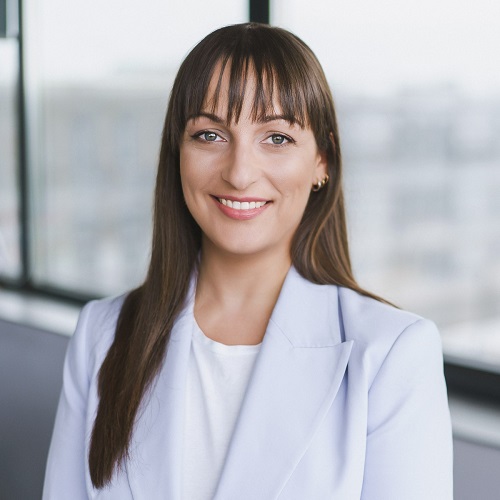
Olga Asimaki
Olga Asimaki is a certified Medical Affairs professional experienced in Pharmacovigilance and Medical Information activities. After Olga decided to move to the pharmaceutical sector leaving Academia and Research, she started her career in Pharmacovigilance in Zencro, a European CRO, and later moved to large Pharma for over 7 years as Head of Pharmacovigilance and Medical Information at AbbVie. Olga has extensive experience in all aspects of Pharmacovigilance, leading and developing PV teams and local PV systems. Additionally, Olga has successfully led the PV function through audits and inspections and driven a plethora of global projects and initiatives. With regard to Medical Information, she worked with AbbVie’s global teams to successfully launch and implement a global Medical Information system and processes.
Currently, as International QPPV in Biomapas, Olga is leading the QPPV Office, and overseeing the global network of Regional QPPVs and the Full PV activities executed by Biomapas.
Olga is a post-doctoral Neuroscientist holding an MSc from King’s College London and a PhD in Pharmacology (BRFAA / School of Medicine, University of Thessaly). After joining the industry, Olga obtained an official certification from King’s College/IFAPP in Medicines Development.
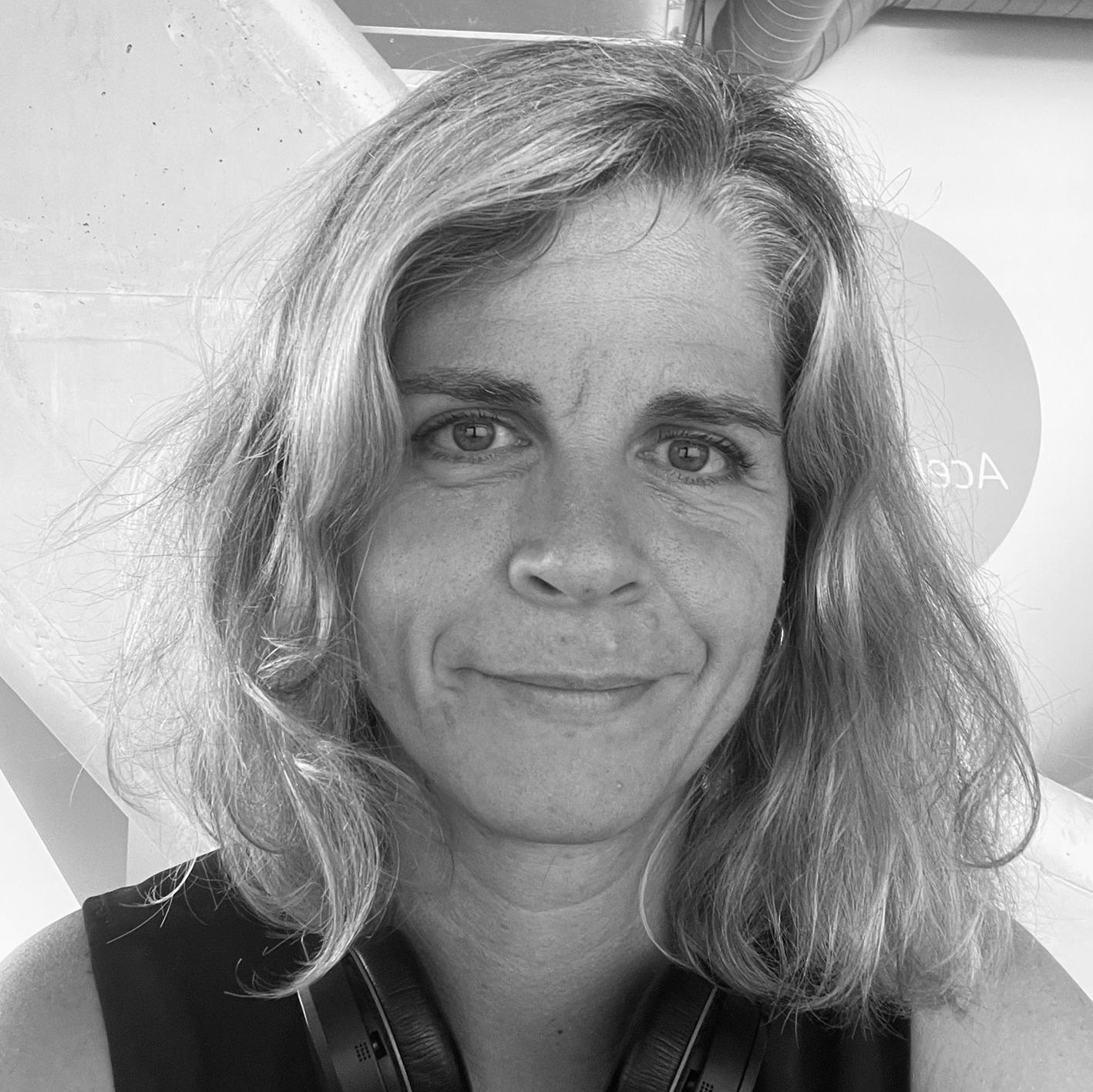
Ruth López Magdaleno
Ruth López Magdaleno is the Clinical and Pharmacovigilance Quality Manager for Insud Pharma in Madrid, which is a healthcare company with business units for worldwide manufacturing, development, and marketing of branded, generic and biotechnological products. Ruth López Magdaleno works in Pharma Industry since 2001, majority of the time in Clinical Operation Departments changing into a Quality Department in 2015. She has a big experience implementing systems across the different business units and countries, leading and hosting GCP and GVP audits and inspections across de World.

Christel Gremion Viatte
Christel Gremion Viatte leads currently the Global Regulatory Affairs CTA group at CSL Behring. She has 16 years experience in management of global clinical trials and in development of clinical trials regulatory strategy. For the EU Clinical Trial Regulation EU536/2014 she was involved in early testing of the CTIS submission portal and contributed as sponsor representative to EMA stakeholder readiness activities. Since several years, she is actively involved in the workstream getting CSL Behring ready for this regulation.
Christel holds a PhD in Immunology and a Regulatory Affairs Certificate in Pharmaceuticals and Medical Devices from the RAPS University.

Livia Del Rey
Livia Del Rey is responsible for supporting Patient Safety activities in Spain, including Risk Minimization programs, interaction with NCA on safety-related matter, ensuring overall audit/inspection readiness, regulatory compliance and assisting as deputy for the Head of Country Pharmacovigilance in collaboration, with the local business organization. She also worked on a temporal assignment in Middle East and Africa as Head of Country Pharmacovigilance for BMS, broadening her knowledge in other markets. Livia holds a bachelor degree in Pharmacy from Universidad de Alcalá de Henares, Spain. She started her professional career working in community pharmacy and later moved into the Pharmaceutical industry holding roles of greater responsibility in Medical Information and Pharmacovigilance for the last 14 years.

Željana Margan Koletić
Željana Margan Koletić is Head of Department for Pharmacovigilance and Rational Pharmacotherapy at Croatian Agency for Medicinal Products and Medical Devices (HALMED) with more than 10 years of pharmacovigilance experience. She is pharmacist by training and holds a degree in clinical pharmacy. She is author of Croatian guidelines for the national approval of additional risk minimisation measures (aRMMs) and Dear Doctor Letters (DHPCs) published on HALMED’s website. Together with her team, she is responsible for coordination of SAFE-CT, an EC project for increasing expertize in EU national agencies for safety assessment in clinical trials following implementation of EU CTR. She is member of HALMED’s Medicinal Products’ Safety Committee and since 2016 she is Croatian Alternate Member of Pharmacovigilance Risk Assessment Committee (PRAC).
Contatti
Francesca Archetti
Events and Training Manager
francesca.archetti@lsacademy.com
Roberta Alberti
Events and Training Assistant
roberta.alberti@lsacademy.com
Quote di iscrizione
€ 945,00* Super Early Bird fee until 04 July 2022
€ 980,00* Early Bird fee until 30 August 2022
€ 1.190,00* Ordinary fee
€ 730,00* Freelance, Academy, Public Administration
* for Italian companies: +22% VAT
Fee includes: seat at the conference, copy of presentations of Speakers who allow the distribution, 1 networking lunch, 3 coffee breaks, organisational office assistance, certificate of attendance.
Informazioni utili
The conference will take place at:
Hotel H10 Puerta de Alcalà
C/ Alcalá, 66 – E28009 – Madrid
The hotel is located near El Retiro Park, in Madrid’s Salamanca district.
Metro Príncipe de Vergara L2, L9: 120 m
Metro Velázquez L4: 500 m
Centro ciudad · City centre: 1,7 km
Aeropuerto · Airport: 11 km
COVID-19
LS Academy is aware of the evolving impact of COVID-19 and is committed to offering safe and secure face-to-face courses and conferences. From physical distancing, protect, detect, cleaning and hygiene. LS Academy ensures that all our events are conducted in accordance with official government guidelines and regulations, understanding that these measures may vary and change as the situation evolves. Face masks are not mandatory in the hotel spaces.




